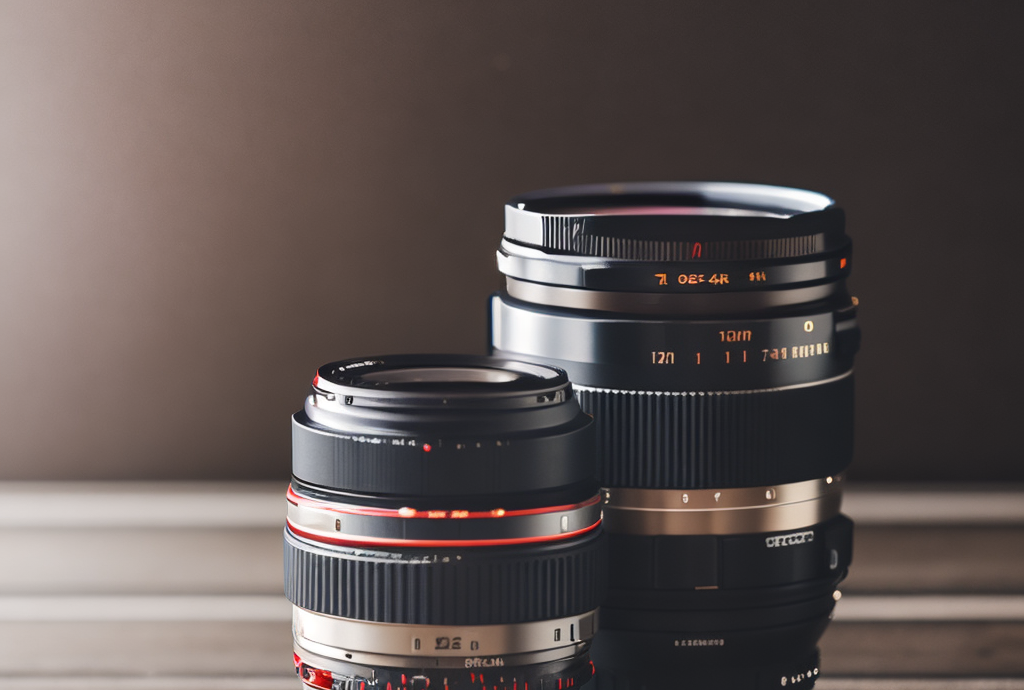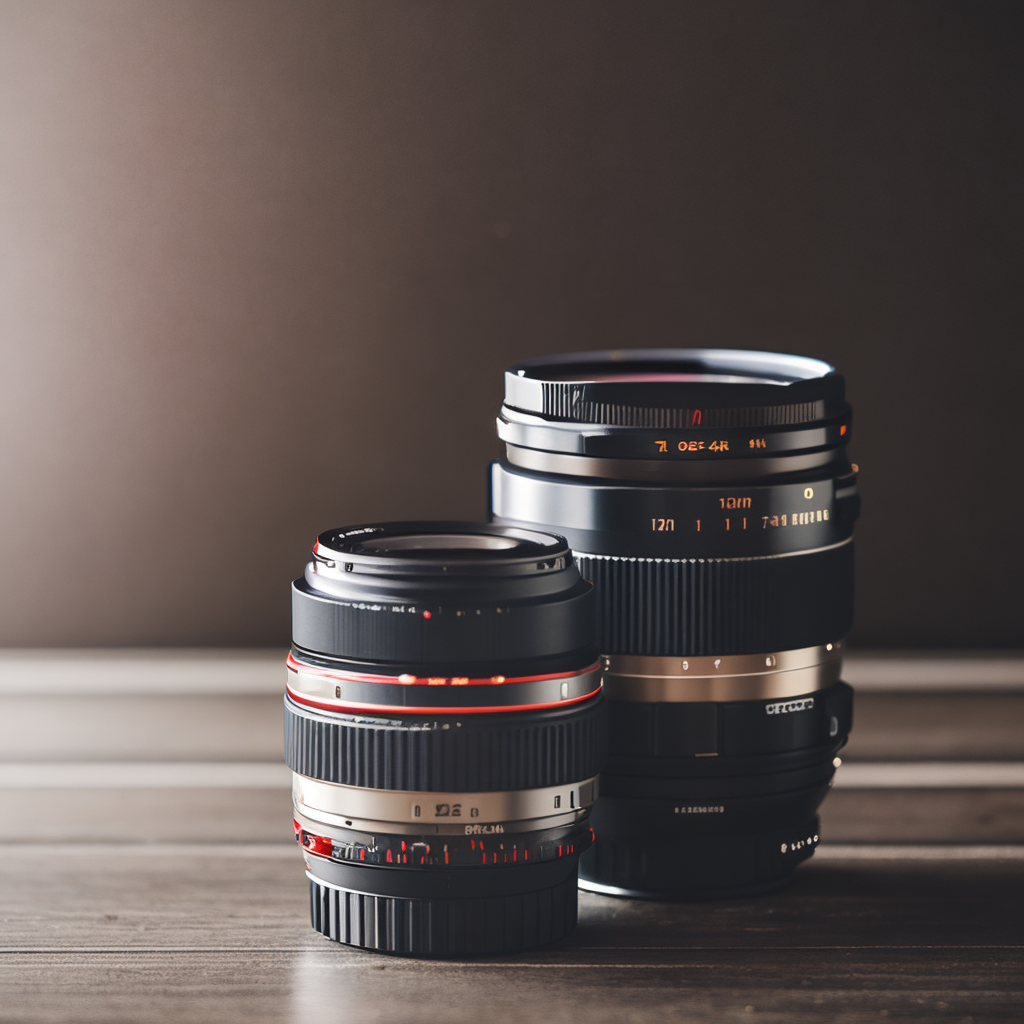

Photography is a hobby that can bring you joy and satisfaction. It can also help you express your creativity and capture memorable moments. However, photography is not as simple as pointing and shooting. There are many factors that affect the quality of your photos, such as lighting, composition, camera settings, and editing. In this article, you will learn some tips and tricks that will help you improve your photography skills and take stunning photos.
Choose Your Subject Wisely
The first step in taking a good photo is deciding what you want to photograph. A good photo should have a clear subject that draws the attention of the viewer. The subject should also have some meaning or significance to you or the audience. Do not try to include too many elements in your photo, as this can make it look cluttered and confusing. Instead, focus on one main subject and use other elements to enhance it. You can also create a collage of photos to show different aspects of your subject, rather than using a single generic photo.
Experiment with Camera Settings
The next step in taking a good photo is adjusting your camera settings according to the situation. Different settings can have different effects on your photos, such as creating motion blur, freezing action, changing the depth of field, and altering the exposure. You should experiment with different settings to see what works best for you and your subject. Some of the most important settings to consider are:
- Shutter speed: This determines how long the camera’s shutter stays open when taking a photo. A fast shutter speed can freeze fast-moving subjects, while a slow shutter speed can create motion blur or light trails.
- Aperture: This determines how much light enters the camera’s lens when taking a photo. A large aperture (small f-number) lets in more light and creates a shallow depth of field, which blurs the background and foreground. A small aperture (large f-number) lets in less light and creates a deep depth of field, which keeps everything in focus.
- ISO: This determines how sensitive the camera’s sensor is to light when taking a photo. A high ISO can capture more details in low-light situations, but it can also introduce more noise or graininess to the photo. A low ISO can produce cleaner and sharper photos, but it may require more light or a longer exposure time.
Learn from Other Photographers
One of the best ways to improve your photography skills is to look at the work of other photographers who inspire you. You can learn from their techniques, styles, and perspectives, and apply them to your own photos. You can also talk to other photographers who have more experience than you and ask them for feedback or advice on your craft.
Edit Your Photos Carefully
The final step in taking a good photo is editing it to enhance its quality and appearance. Editing can involve cropping, resizing, rotating, adjusting the color, contrast, brightness, sharpness, saturation, and adding filters or effects. Editing can make a big difference in your photos, but it should not be overdone or abused. You should edit your photos with care and moderation, and only use editing tools that suit your purpose and style.
Avoid Common Photography Mistakes
There are some common mistakes that many photographers make that can ruin their photos. Some of these mistakes are:
- Red eyes: This happens when the camera’s flash reflects off the retina of the subject’s eyes, creating a red glow. To avoid this, you can use a red-eye reduction feature on your camera, change the angle or direction of your flash, or use natural or ambient light instead of flash.
- Flash shadows: This happens when the camera’s flash casts harsh shadows behind or around the subject, creating an unnatural or unflattering look. To avoid this, you can use a diffuser or bounce card on your flash, move your subject away from the background or wall, or use natural or ambient light instead of flash.
- Incorrect focus: This happens when the camera’s autofocus fails to lock on the intended subject, resulting in a blurry or out-of-focus photo. To avoid this, you can use manual focus instead of autofocus, use focus points or zones on your camera’s screen or viewfinder, or use a tripod or stabilizer to keep your camera steady.
Try Some Photo Tricks
There are some photo tricks that you can try to add some fun and creativity to your photos. Some of these tricks are:
- Shutter speed trick: You can use a slow shutter speed to create interesting effects with moving subjects or lights. For example, you can create light paintings by moving a flashlight or sparkler in front of your camera while using a long exposure time.
- Aperture trick: You can use a large aperture to create bokeh, which is the aesthetic quality of the blur produced by out-of-focus areas in a photo. You can also use a shaped bokeh filter to create bokeh with different shapes, such as hearts, stars, or letters.
- Souvenir trick: You can take photos of the souvenirs that you buy when you travel, and use them as props or backgrounds for your photos. You can also take photos of the store or place where you bought them, or use them to create a collage or a story. This can help you create a lasting memory of your trip and make your souvenirs more meaningful.
Conclusion
Photography is a wonderful hobby that can enrich your life and express your personality. By following these tips and tricks, you can improve your photography skills and take amazing photos that you can be proud of. Remember to have fun and experiment with your camera, and enjoy the beauty and wonder of photography.
You may also like
Archives
Calendar
| M | T | W | T | F | S | S |
|---|---|---|---|---|---|---|
| 1 | 2 | 3 | 4 | 5 | ||
| 6 | 7 | 8 | 9 | 10 | 11 | 12 |
| 13 | 14 | 15 | 16 | 17 | 18 | 19 |
| 20 | 21 | 22 | 23 | 24 | 25 | 26 |
| 27 | 28 | 29 | 30 | 31 | ||
Leave a Reply